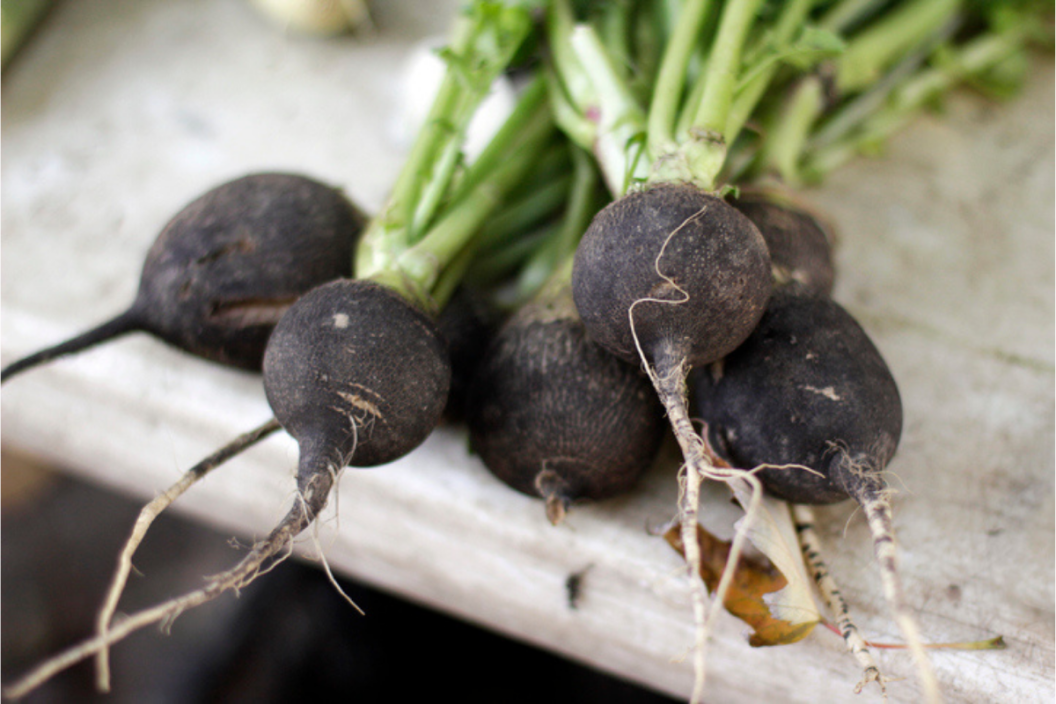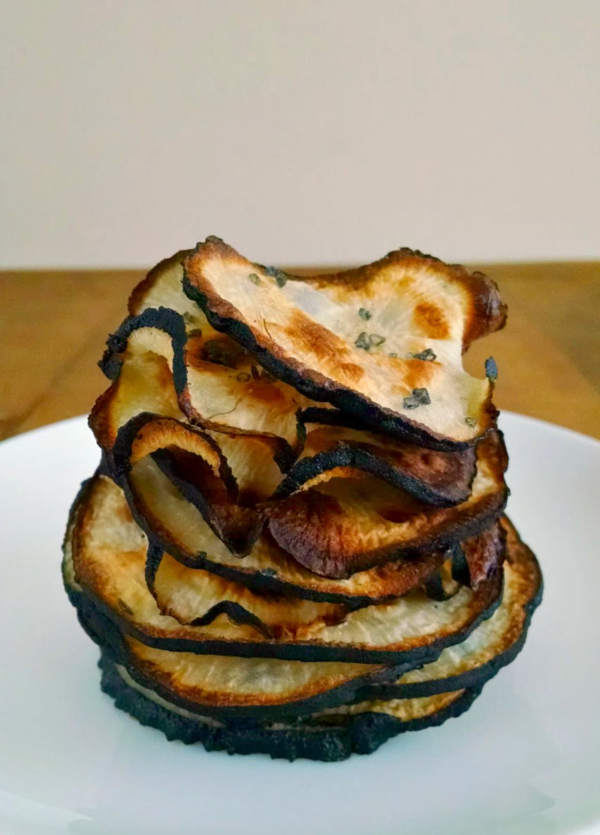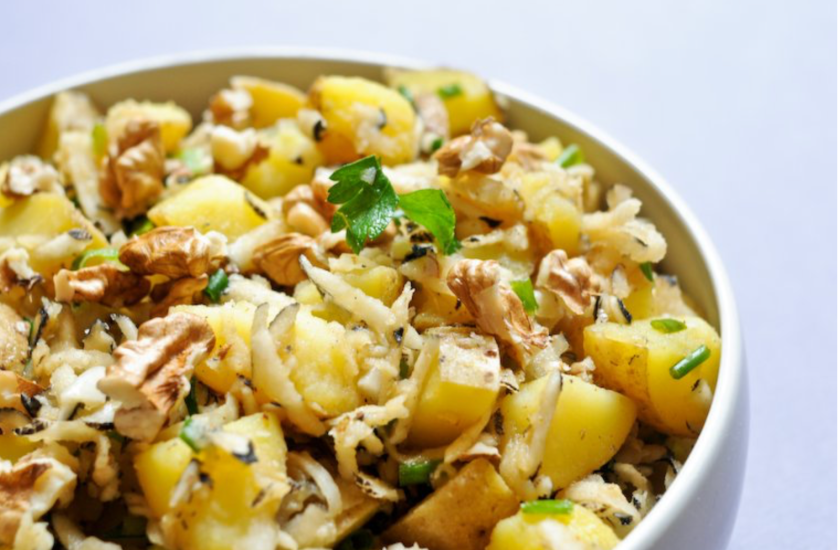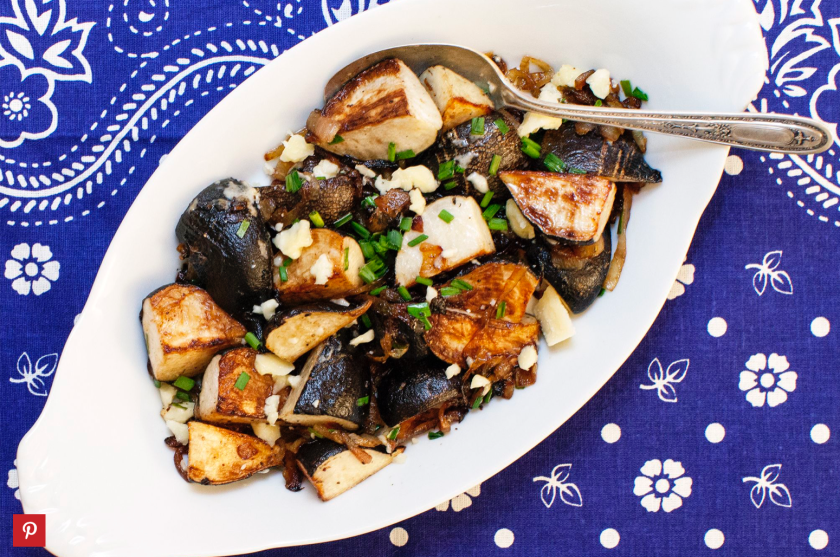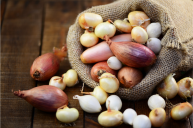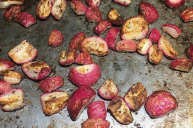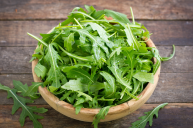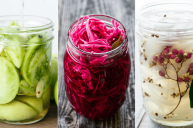If you've seen a long, cylindrical root vegetable at the farmers market covered in tough black skin, you may have been confused by this ambiguous veggie. It looks like a turnip or a red radish, but is the completely wrong color. This strange vegetable is a black radish, a flavorful, spicy variety of the radish you know and love.
Videos by Wide Open Country
Black radishes are the oldest cultivated variety of all radishes and were eaten by the ancient Egyptians before the pyramids were built. Scientifically called Raphanus sativus L. var niger J. Kern, this tasty root vegetable belongs to the family Brassicaceae, which includes other brassicas like horseradish, mustard, cabbage and cauliflower.
These edible root vegetables are also called Black Spanish radishes or Erfurter radishes, and they distinguish themselves from other root vegetables with their sharp, spicy flavor. This winter radish has a tough brown-black skin and white flesh. They're typically bigger than spring radishes and can be round, cylindrical or long. When choosing a radish from the store or farmer's market, look for one that's firm and without many spots or blemishes.
What Does a Black Radish Taste Like?
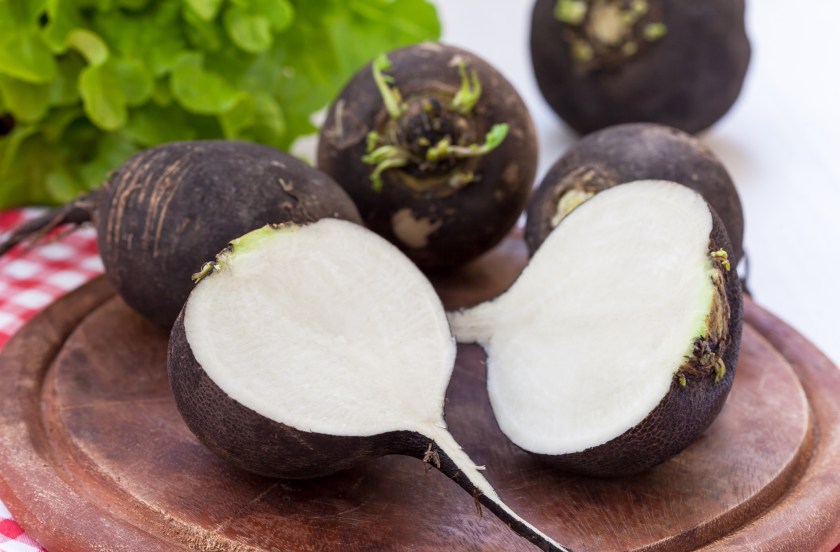
Getty Images/meteo021
Black radishes vary in taste, but they're overall known for having a sharp, pungent and bitter taste. These root veggies have a spicy, hot flavor and should be avoided by those who don't like spicy foods. Their flavor is comparable to horseradish.
What Are Its Health Benefits?
This spicy veggie is full of health benefits, from having high amounts of fiber and vitamin C to being very low in calories. There are a number of essential vitamins and minerals found in black radishes, iron, magnesium, potassium, and vitamin A. Along with this, this variety of radish has levels of copper, selenium, zinc, and antioxidants.
How to Cook With a Black Radish
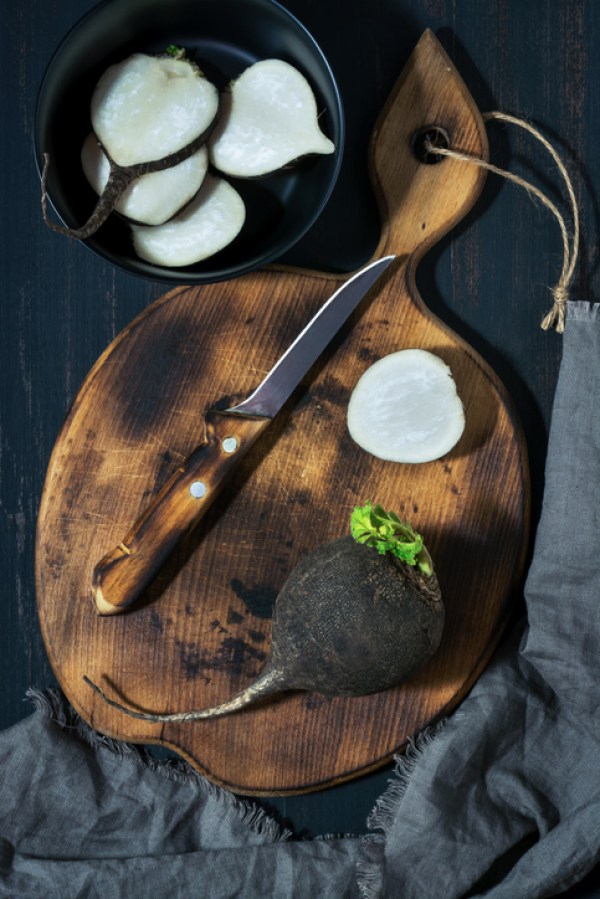
Getty Images/Yulia Gusterina
Although black radishes are unique in their flavor, they're relatively versatile and can be enjoyed in a number of ways. They can be cooked like a turnip, creamed, sautéed and braised, or added to a stir fry.
You can also eat them raw as an appetizer or side dish, along with adding them to sandwiches and salads. Diced radishes are also the perfect addition to soups and stews, providing the perfect bite to add flavor to the dish.
If the radish is too bitter and pungent, the flavor can be reduced by steaming the radish for 5 to 10 minutes, baking it with other veggies, or salting and washing it. Here are a few recipes to try this tasty root vegetable for yourself!
1. Black Radish Chips
One of the easiest and most classic ways to prepare these radishes is by making them into flavorful, crispy chips. Since they're so full of flavor on their own, all you need is olive oil, salt and pepper for this delicious snack.
Get the recipe at A Kitchen Hoor's Adventures.
2. Black Radish and Potato Salad
These root veggies also do great in salads, adding a spicy kick to bring any salad to the next level. This recipe combines the mild sweetness of the potatoes with the pungency of the black radish, along with adding in paprika, herbs, and walnuts for crunch and flavor.
Get the recipe at C&Z.
3. Black Radishes With Truffle Oil and Caramelized Onions
This simple recipe involves black radishes, sweet onions, olive oil, truffle oil, sharp cheddar cheese and fresh chives. If you don't have truffle oil, just use olive oil instead and it'll still be delectable. The sharp flavor of the radishes is perfectly contrasted with the sweet onions, and the sprinkle of sharp cheddar on top make this recipe a keeper.
Get the recipe at Food52.
Substitutes for Black Radishes
If you want to follow a tasty black radish recipe but there are no black radishes to be found, there are a few substitutions that are almost as flavorful and spicy as the real deal. Turnips are typically the go-to substitute for this variety of radish. If you don't have any turnips, red radishes or water chestnuts will do the trick.
